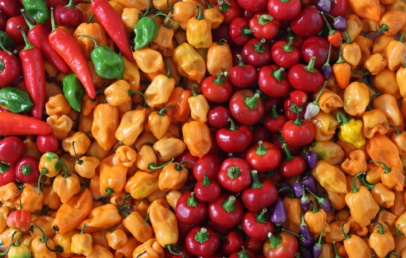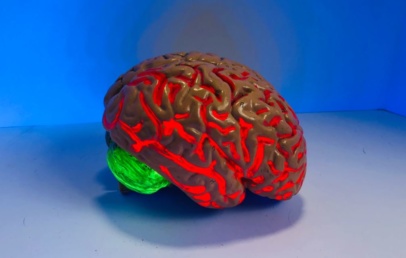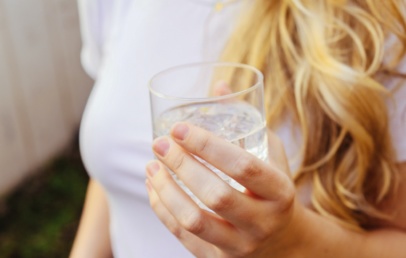
Don’t knock it til you try it.
Everyone’s always looking for the next big “superfood,” that one weird plant/veggie/fish/whatever that will give them every vitamin on Earth and the energy of a thousand suns. There’s no such thing as a true miracle food, obviously; you should always eat a balanced diet. There are, however, a few curveball foods that, when used to supplement a diet, can provide some pretty outstanding nutrition. For example, have you eaten any algae lately?
Spirulina is a sub-species of algae under the umbrella of “blue-green” algae. It occurs naturally in oceans or lakes with a high salt content, usually in subtropical climates. I’ll be the first to admit that munching on pond scum is a little on the weird side, but the science doesn’t lie: this stuff is packed with nutrients. A single tablespoon of spirulina powder contains protein, copper, iron, and three kinds of B vitamins. This particular combo of nutrients make spirulina a good weapon of choice when it comes to managing cholesterol, high blood pressure, and even certain psychological conditions like ADHD and depression. Rumors have also circulated that it has anticancer properties, but let’s try to stick to the hard facts here.

So how can you get some spirulina in your diet? Spirulina is commercially available as both a powder and a supplement pill. You can technically eat it straight, provided you don’t mind the salty, earthy taste of seaweed. If that sounds unpleasant, it’s best diluted in a bottle of water, or mixed into a smoothie. If you mix it with something, the flavor will become much more subtle. Many modern cafes mix spirulina into smoothies, as well as kombucha, so check your local joints to see what their specials are.




